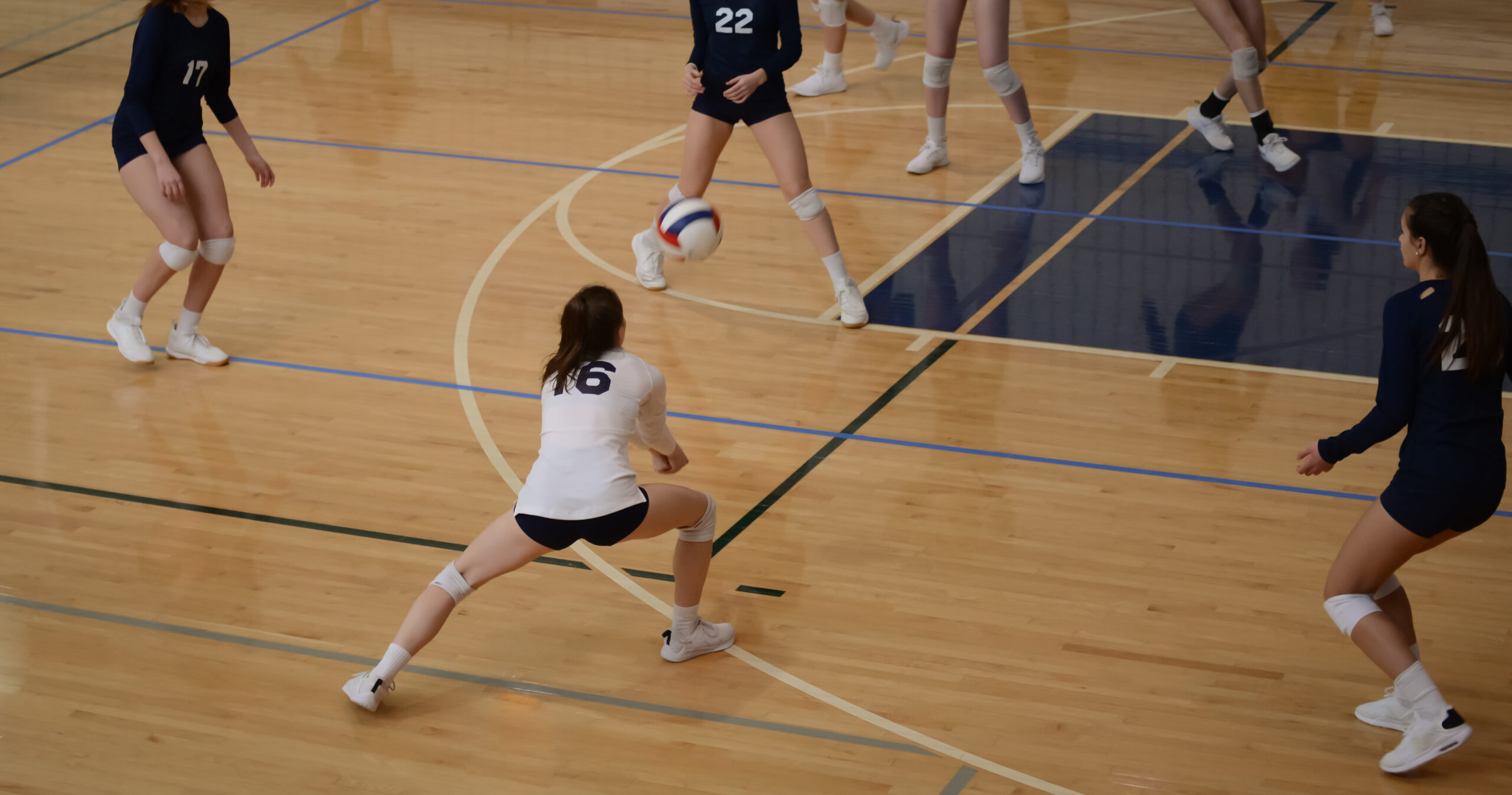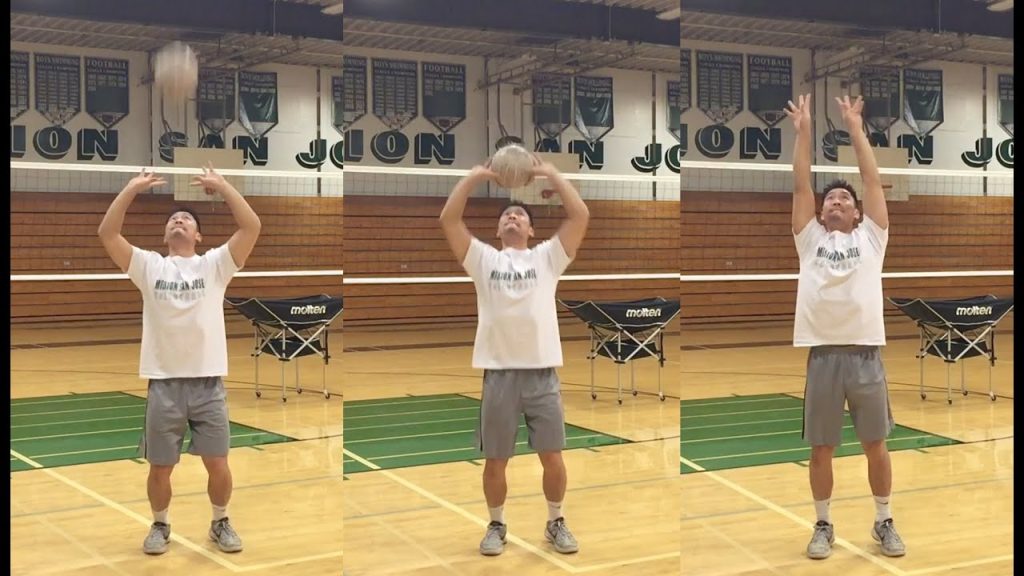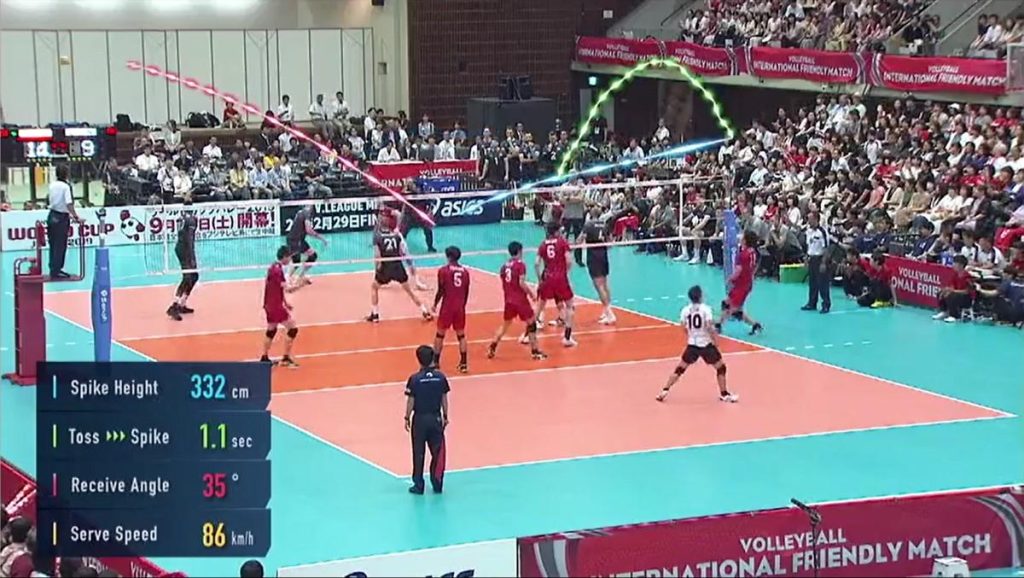Setting a volleyball is an essential skill for any player. It ensures the ball is placed perfectly for a teammate to strike.
Learning how to set a volleyball can transform your game. Setting involves using your hands to position the ball for an attacker. Perfecting this skill requires practice, precision, and a good understanding of the game. This guide will help you grasp the basics of setting, including hand positioning, timing, and body movement.
Whether you’re new to volleyball or looking to improve, understanding the fundamentals of setting will boost your confidence and performance on the court. Read on to discover the techniques and tips that will make setting a volleyball second nature for you.

Credit: thrivevolleyball.com
Introduction To Setting
Setting is a crucial skill in volleyball. It requires precision and good technique. A good setter can change the game’s outcome. In this blog post, we will explore the basics of setting. This will help you improve your game.
Importance Of Setting
Setting is essential in volleyball. It connects the pass to the attack. A well-placed set allows the hitter to score points. Without good setting, the offense struggles. The setter’s role is vital for a successful team. Their performance can lead the team to victory.
Basic Setting Techniques
Start with your feet shoulder-width apart. Bend your knees slightly. Hold your hands above your forehead. Your thumbs and index fingers should form a triangle. Use your fingers to push the ball, not your palms. Keep your eyes on the ball. Follow through with your hands after the set.
Practice makes perfect. Spend time working on your technique. Good setting can make a big difference in your game.

Credit: www.wikihow.com
Proper Hand Position
Setting a volleyball correctly starts with the proper hand position. Your hands need to be in the right place to ensure the ball goes where you want it to. Let’s break down the essentials into hand placement and finger position.
Hand Placement
Place your hands above your forehead. Your thumbs should be pointing towards each other and your fingers spread wide. Imagine holding a large, soft ball between your hands. This helps in cushioning the ball during the set.
Your hands should form a triangle shape. Keep your wrists firm and your elbows slightly bent. This position allows for better control and accuracy.
| Steps | Description |
|---|---|
| 1 | Hands above forehead |
| 2 | Thumbs pointing towards each other |
| 3 | Fingers spread wide |
| 4 | Form a triangle shape |
Finger Position
Your fingers play a crucial role in setting the ball. Spread your fingers wide and keep them relaxed. Your thumbs should be about 2-3 inches apart. This distance helps in controlling the ball better.
Use your fingertips to touch the ball, not your palms. This gives you better control and a soft touch. Your index fingers and thumbs should form a diamond shape. This shape helps guide the ball in the direction you want.
- Spread fingers wide
- Keep fingers relaxed
- Thumbs 2-3 inches apart
- Use fingertips
- Form a diamond shape
Remember to practice these steps regularly. Proper hand position ensures accurate and effective sets, improving your overall game.
Footwork And Stance
Setting a volleyball involves more than just your hands. Your footwork and stance play crucial roles in making accurate sets. Proper positioning ensures balance and precision. Let’s dive into the details of footwork and stance for setting a volleyball.
Base Position
Start with your feet shoulder-width apart. Bend your knees slightly. This creates a stable base. Your weight should be on the balls of your feet. Stay light on your toes. Keep your body relaxed but ready to move.
Movement Tips
Move quickly but stay controlled. Small, quick steps help you adjust to the ball. Avoid crossing your feet. This can lead to tripping or losing balance. Always face the ball. Your shoulders should be square to your target. This helps with accuracy.
Remember to stay low. Bend your knees more as you move. This keeps you grounded. When you reach your spot, plant your feet firmly. This gives you a solid base for setting the ball.

Credit: www.youtube.com
Ball Contact And Control
Learning how to set a volleyball is crucial for every player. Understanding ball contact and control ensures your sets are accurate and effective. This skill helps your team execute successful plays. Focus on these key techniques to improve your setting skills.
Soft Touch
Soft touch is vital for a successful set. When you contact the ball, use your fingertips, not your palms. This gives you better control. Spread your fingers wide to create a larger surface area. This helps you guide the ball more accurately.
Keep your hands relaxed. Tension in your hands can lead to poor control. Practice this technique with a partner. Toss the ball back and forth, focusing on a gentle touch.
Follow Through
Follow through is the next step. After you set the ball, keep your hands pointed in the direction you want the ball to go. This ensures accuracy. Think of it like throwing a ball. Your follow-through helps guide the ball’s path.
Here’s a simple exercise:
- Stand with a partner.
- Set the ball to them.
- Watch your hands as you finish the set.
- Ensure they are pointing toward your partner.
Practicing this drill will improve your follow-through. It helps make your sets more precise.
| Technique | Tips |
|---|---|
| Soft Touch | Use fingertips, keep hands relaxed |
| Follow Through | Point hands in the direction of the set |
By focusing on soft touch and follow through, you can enhance your ball contact and control. These techniques are simple but effective. Incorporate them into your practice sessions for better results.
Advanced Setting Techniques
Setting a volleyball is an art. Mastering basic techniques is important. Advanced setting techniques take your game to the next level. Let’s explore two key advanced techniques: the Back Set and the Quick Set.
Back Set
The Back Set is a challenging yet effective technique. It confuses the opponent. Here’s a step-by-step guide:
- Position yourself under the ball.
- Square your shoulders to the target.
- Use your wrists to push the ball backward.
- Keep your movements smooth and controlled.
Practice the Back Set regularly. It will improve your accuracy and control.
Quick Set
The Quick Set is a fast, low set. It is used to surprise opponents. Follow these steps to perform a Quick Set:
- Stand ready with knees bent.
- Hold your hands above your forehead.
- Push the ball quickly to the hitter.
- Keep the ball low and fast.
Timing is crucial for a Quick Set. Both the setter and hitter must be in sync.
Using these advanced techniques can make your team unpredictable. They add variety and speed to your game. Practice is key to mastering these techniques. Incorporate them into your regular drills.
Common Mistakes
Setting a volleyball requires precision and skill. Many players make common mistakes that can affect their performance. Avoiding these mistakes can help improve your game. Let’s dive into some of the most frequent errors.
Double Touch
A double touch happens when a player contacts the ball twice in succession. This is a violation in volleyball. Here’s how to prevent it:
- Keep your hands close together.
- Move your arms in one smooth motion.
- Focus on using your fingers, not your palms.
Practicing these tips can help reduce double touches and improve your setting technique.
Overarching
Overarching means bending your back too much while setting. This can cause the ball to go in the wrong direction. To avoid this:
- Keep your body straight.
- Bend your knees, not your back.
- Use your legs to generate power, not your torso.
Following these steps will help you maintain proper form and set the ball accurately.
Drills For Improvement
Setting a volleyball requires precision and practice. To improve your setting skills, try specific drills. These drills help enhance your technique and consistency. They are simple and can be practiced regularly.
Partner Drills
Partner drills are great for practicing with a teammate. They help you learn from each other and improve together.
1. Continuous Setting: Stand a few feet apart from your partner. Set the ball to each other continuously. Try to keep the ball at a consistent height. Focus on your form and accuracy.
2. Moving Set: Start at one point, then move sideways while setting to your partner. This drill improves your movement and control. Make sure to communicate with your partner.
3. Back-and-Forth Setting: Stand facing your partner. One partner sets the ball high, the other sets it back. Switch roles after a few minutes. This drill helps with timing and coordination.
Solo Drills
Solo drills are perfect for practicing alone. They help you focus on your individual skills and technique.
1. Wall Sets: Stand a few feet from a wall. Set the ball against the wall. Try to keep the ball at a consistent height. This drill helps improve your hand placement and control.
2. Self-Setting: Set the ball to yourself. Try to keep the ball in a straight line. This drill improves your consistency and focus.
3. Target Practice: Place a target on a wall or use a hoop. Set the ball to hit the target. This drill helps with accuracy and precision.
Practicing these drills regularly will help you become a better setter. Stay consistent and focused. Your setting skills will improve over time.
Mental Aspects
Setting a volleyball requires more than just physical skills. Mental aspects play a crucial role. Players must develop the right mindset. This helps ensure success on the court.
Focus And Awareness
Focus is key in volleyball. Stay in the moment. Concentrate on the ball. Block out distractions. Always be aware of your surroundings. Know the positions of your teammates. This awareness helps you make better decisions. It also improves your reactions during fast plays. Practice mindfulness to enhance focus and awareness.
Confidence Building
Confidence boosts performance. Believe in your abilities. Trust your skills. Positive self-talk can help. Remind yourself of past successes. Visualize successful sets. This mental practice builds confidence. Stay calm under pressure. Confidence grows with experience. Keep practicing to improve.
Frequently Asked Questions
How Do You Properly Set A Volleyball?
To properly set a volleyball, position your hands above your head. Use your fingertips to push the ball upward. Keep your elbows slightly bent and use your legs for power.
What Are The Key Techniques For Setting?
Key techniques for setting include using your fingertips, maintaining a stable body position, and using your legs for power. Ensure you follow through with your hands.
How Can I Improve My Setting Skills?
Improve your setting skills by practicing regularly. Focus on hand positioning, footwork, and consistency. Working with a coach or teammate can provide valuable feedback.
What Are Common Mistakes When Setting A Volleyball?
Common mistakes include using your palms, not bending your knees, and poor timing. Ensure proper hand positioning and use your legs for better control.
Conclusion
Setting a volleyball takes practice and patience. Start with a good stance. Use your fingers, not your palms. Keep your eyes on the ball. Practice with a partner or against a wall. Perfecting your setting skills improves your overall game.
Confidence grows with each successful set. Enjoy the process and have fun. Remember, everyone starts as a beginner. With dedication, you’ll improve. Happy setting!


